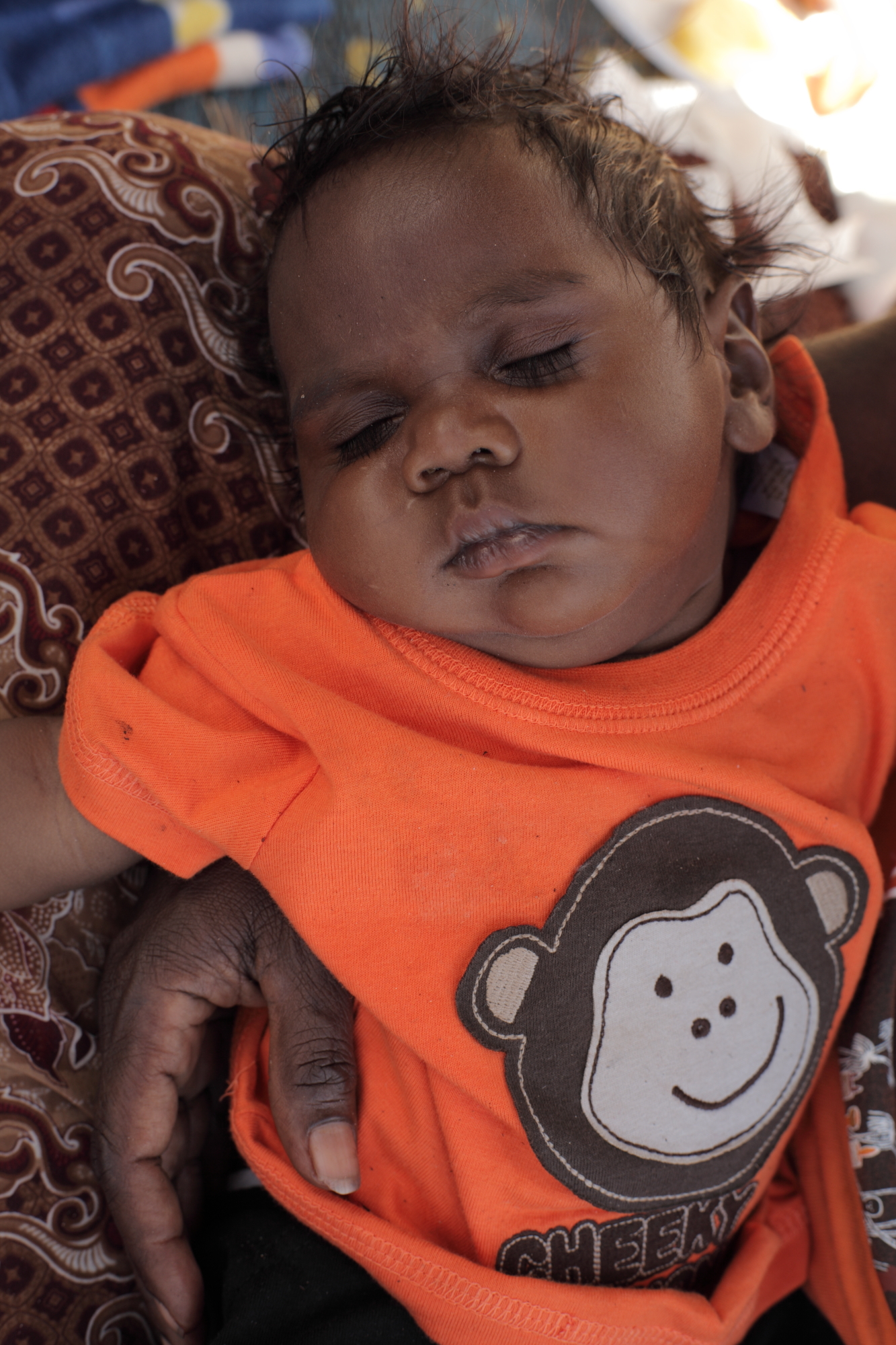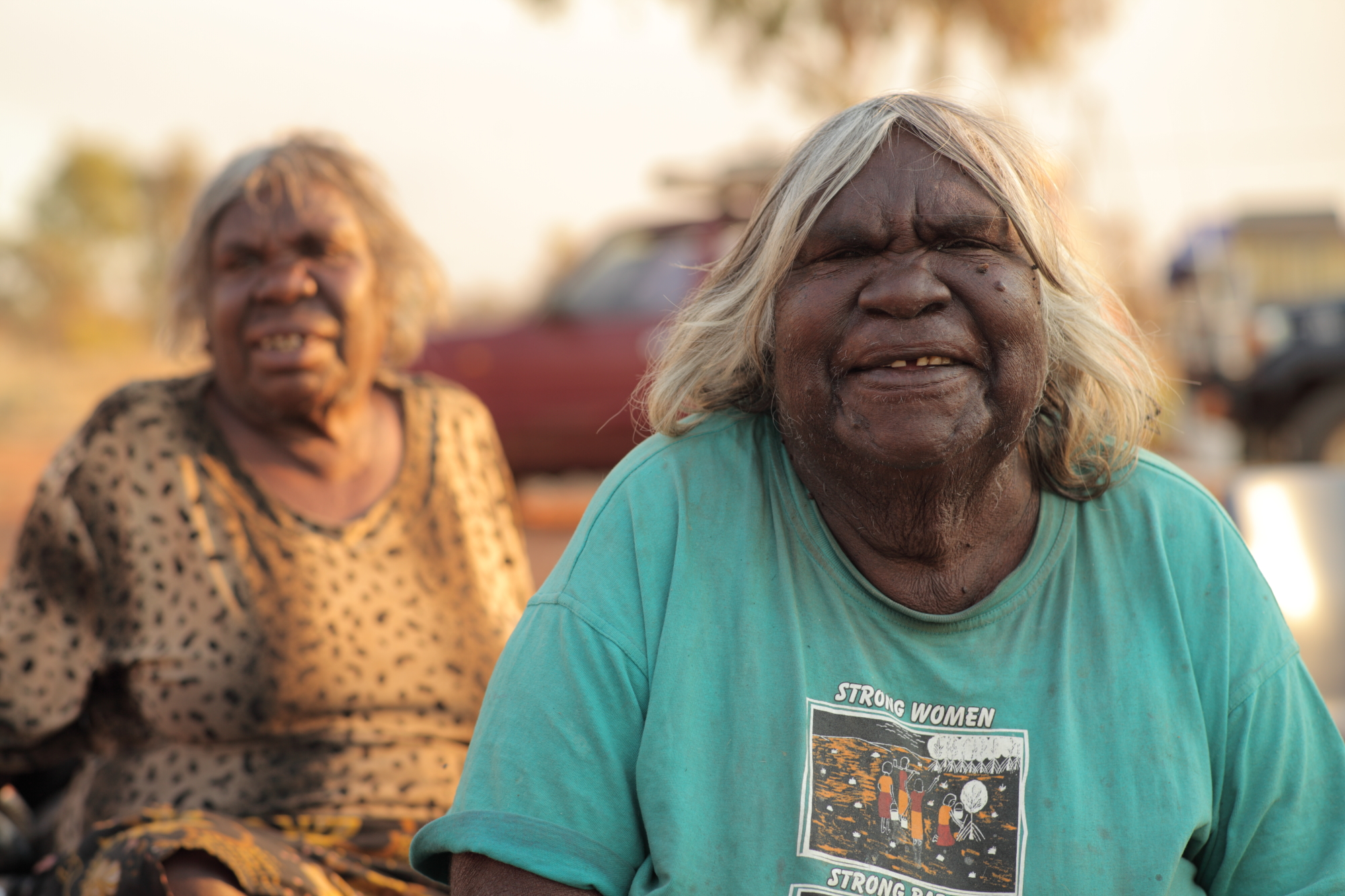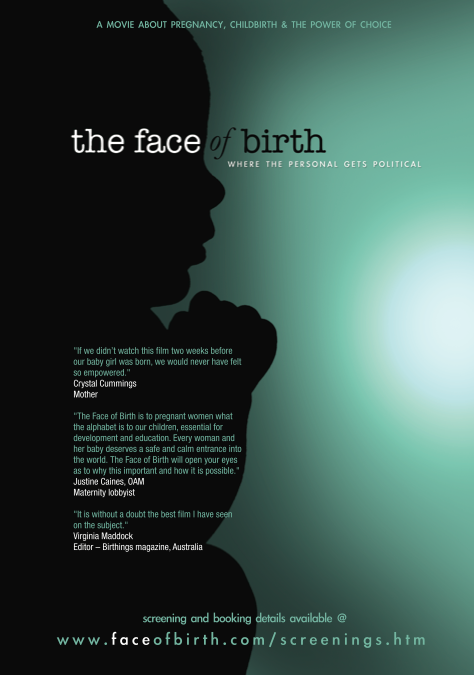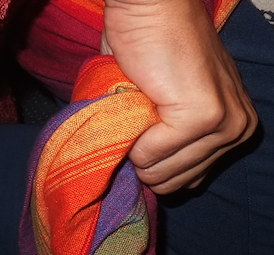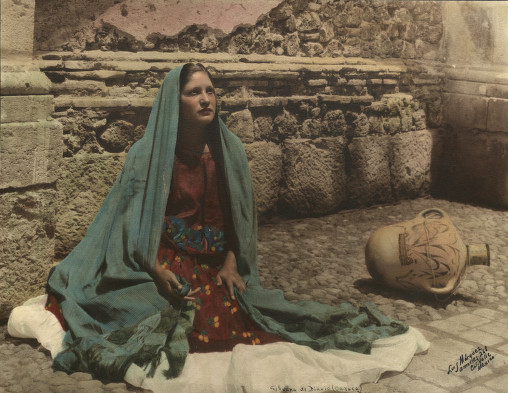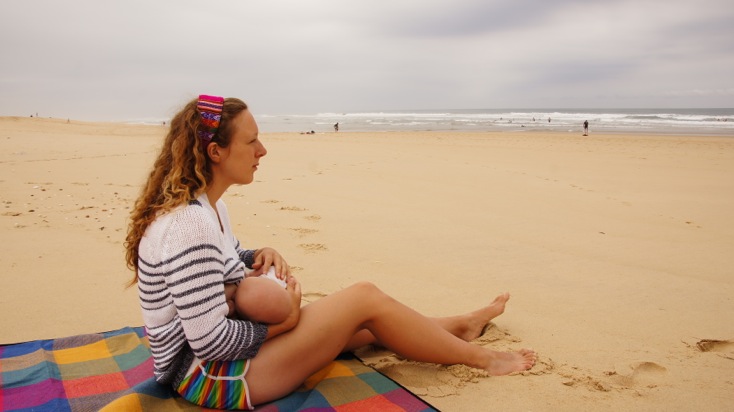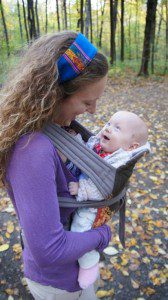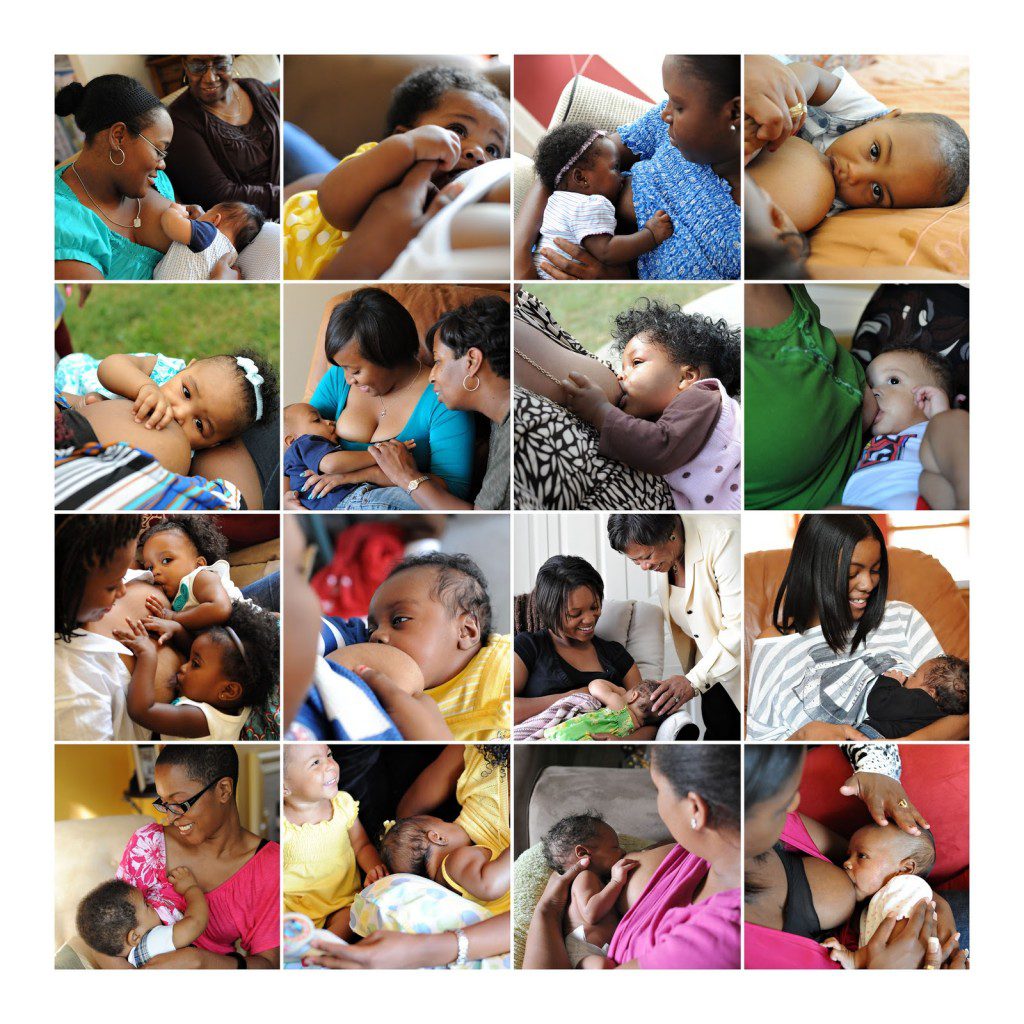 It is an exciting time as last week The Quality Care for Moms and Babies Act was introduced. Childbirth Connection and other organizations have worked on this bill for the last two years. It is exciting to see that the bill has bipartisan support on the Senate side from Democratic Senators Stabenow and Menendez, and Republican support from Senator Grassley. Representative Eliot Engel (D-NY), introduced the House version. Here’s the joint press release issued today by Childbirth Connection and the NPWF: http://www.nationalpartnership.org/site/News2?page=NewsArticle&id=38371&security=2141&news_iv_ctrl=2181
It is an exciting time as last week The Quality Care for Moms and Babies Act was introduced. Childbirth Connection and other organizations have worked on this bill for the last two years. It is exciting to see that the bill has bipartisan support on the Senate side from Democratic Senators Stabenow and Menendez, and Republican support from Senator Grassley. Representative Eliot Engel (D-NY), introduced the House version. Here’s the joint press release issued today by Childbirth Connection and the NPWF: http://www.nationalpartnership.org/site/News2?page=NewsArticle&id=38371&security=2141&news_iv_ctrl=2181
National Partnership for Women & Families writes: “We strongly support the bill because it can improve maternal and child health in this country. It fosters safe, effective, evidence-based maternity care for all women and babies by supporting performance measurement, quality collaboratives, and patient experience surveys targeting this care.”
Please write your senators and legislators and ask them to support this essential bill to transform maternity care in our nation and support midwives and doulas in quality, cost-effective care.
